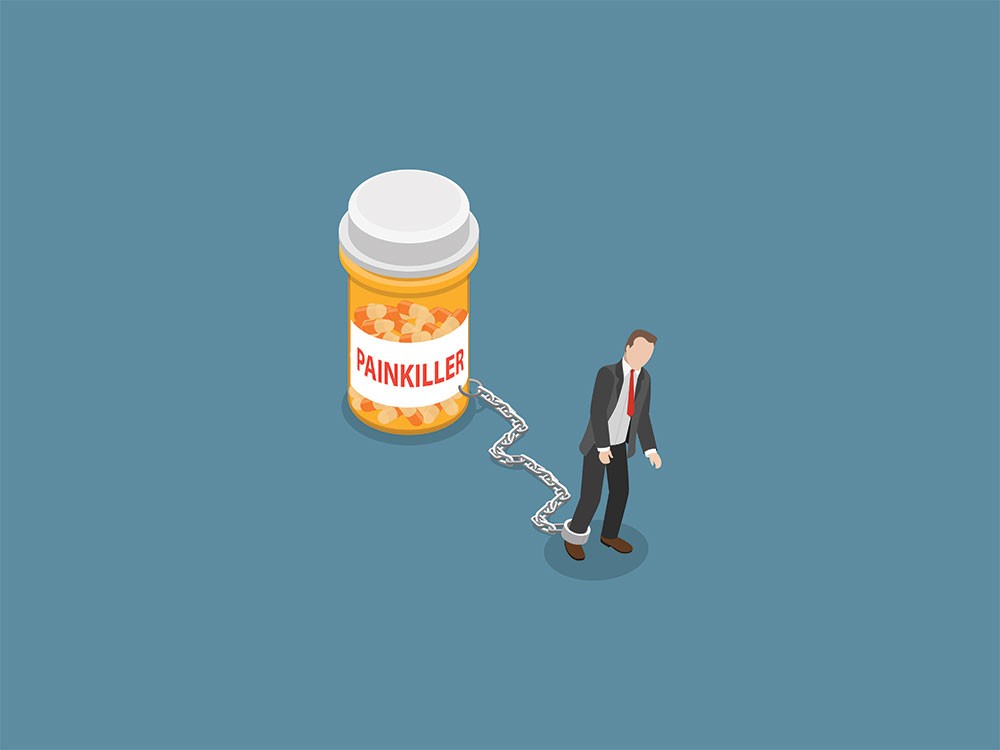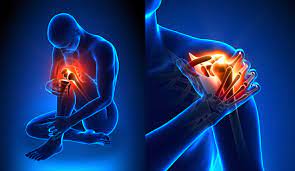Patients suffering from acute pain may be opioid dependent due to recreational or therapeutic use of opioid. The pain management in these patients is either under-estimated or under-treated.
One of the most common reasons people might visit the doctor is for pain management. Doctors prescribe a number of different medicines that help ease pain. Almost 20% of these patients are prescribed opioids which bind to a group of receptors in the central nervous system referred to as opioid receptors.
Opioids also referred to as narcotics occur naturally; endorphins produced by the brain or extracted from plants (Poppy plant product opiates) or manmade. Opioids have been providing relief from pain for centuries. But there is evidence that its overdose is dangerous to the body.
Opioids are used for chronic pain like headaches and backaches, also in case of patients recovering from surgery, pain associated with cancer, injury in falls, auto accidents or other incidents.

HOW DOES OPIOID WORK?
Opioids attach to protein receptors referred to as opioid receptors on nerve cells in the brain, spinal cord, gut and other parts of the body. Due to this, the opioids block pain messages that are being sent from the body through the spinal cord to the brain.
Opioids are used for treatment of moderate to severe pain for patients that do not respond to other medications. Opioids have side-effects like constipation, drowsiness, nausea and vomiting.
OPIOID-DEPENDENT PATIENTS
Some patients might be dependent on opioid due to long term use of the medication. Treatment of opioid dependent patients is controversial in regards to use of opioid medication for pain management. The consent is that the opioid usage; which is pre-existing in the treatment regime, should be continued as a baseline treatment with additional analgesia to be prescribed as per requirement.
As per recent studies it is found that opioid dosage should be used safely and effectively in treatment of opioid dependent patients. As the tolerance to the side-effect develops more quickly than the analgesic effects, they may be safely increased to high doses to provide adequate analgesia effect.

TREATMENT OPTIONS FOR OPIOID DEPENDENT PATIENTS
Local Anesthetic Techniques – local anesthetic treatment options to be used as sole or adjunct pain management. This has shown advantage in opioid addicted patients. The anesthetic treatment could be provided as a replacement of opioid medication or along with opioid medication with low doses of opioid medicines. Disadvantages of using this method of treatment are:
- Lack of patient adherence to medication
- Infection risk from needle-stick injuries
- Important for reduction in the dose of local anesthetic in case there is either pre-existing hepatic dysfunction or hypoalbuminaemia.
NSAIDS, paracetamol and adjuvant drugs and techniques – Different combinations of analgesia along with paracetamol, NSAIDs and subsidiary drugs remains the main regime of pain management in the similar technique used for patients without any drug dependence. After providing the daily requirement of opioid, the patients should be treated within the treatment regime of the analgesic medication to ensure adequate pain relief. ceiling effect should be taken into consideration in following the treatment regime as well as care has to be taken in case of renal, hepatic and gastro-intestinal side-effects.
Ketamine – Low dose ketamine is used to enhance morphine induced analgesia effect. Its mechanism of action is antagonistic to that of the N-methyl-D-aspartate (NMDA) receptor. Low doses of ketamine are proven to contain preventive analgesic properties. Ketamine given in low doses is an anti-hyperalgesic, anti-allodynic or tolerance-protective agent. It is being used in treatment of opioid addicted patients to help in pain management.
Hot and Cold application – Application of heat and ice bags to the affected area along with medication helps in managing pain. Heat application increases the blood flow along with nutrients to the affected area of the body. Whereas, an ice pack will reduce the swelling and pain by numbing the area.
Hydrotherapy – Using steam, salt water or neutral water baths are beneficial in providing relief from pain along with analgesic medication. Water or hydrotherapy provides therapeutic treatment using water.
Acupuncture – Stimulation of acupoints is being used for treatment of pain. This is beneficial for opioid addicts as it reduces the pain as well as relieves the patient from withdrawal symptoms from opioid medication.
Massage or exercise – Exercise as well as massage helps in relieving chronic pain along with posture correction. This is beneficial in long term management of pain.
Opioid medication – Abruptly stopping the use of opioid in its addicts can cause severe withdrawal symptoms. Reducing the dosage of opioids gradually will help in reducing the withdrawal symptoms as well as get rid of opioid addiction. Opioids should be prescribed on a need basis only. It is recommended to prescribe different opioid medication instead of increasing the dosage if pain does not subside.
OUTLOOK
Opioid is a class of narcotic medication that marks the pain by lowering the pain signals being sent to the brain. However, opioid medication is addictive if not taken as per doctors prescribed dosage. Alternative treatments are the options to manage pain as well as help addicts quit the use of opioids.
If you or anyone you know is suffering from pain and are addicted to opioids, our expert providers at Specialty Care Clinics will take care of your health and help you recover.
Call us on (469) 545-9983 to book an appointment with Dr. Rao Kamran Ali.
